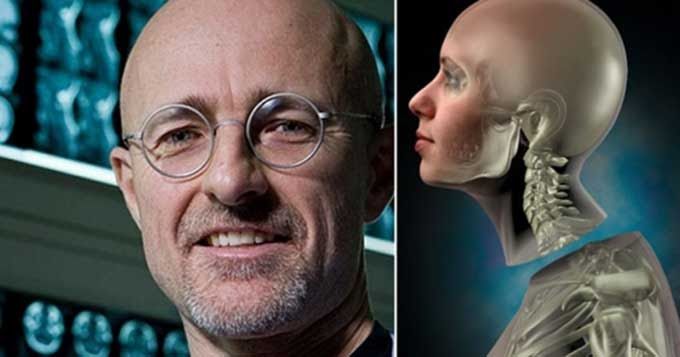Google has an inventive new song finding feature! 😃
Google has launched an app that finds the song that’s been stuck in your head. Read more to find out what you have to do for it to figure it out in seconds.
Google has an inventive new song finding feature! 😃
Google has launched an app that finds the song that’s been stuck in your head. Read more to find out what you have to do for it to figure it out in seconds.
Sorry Microsoft, but I guess people like Google Maps more. 😃
So much for showcasing Redmond’s Chocolate Factory alternative.



SpaceX founder Elon Musk is “80%-90% confident” that the company’s massive new Starship rocket will reach orbit next year and said there’s a chance it will be ready for an uncrewed cargo mission to Mars in 2024.
The initial test flights will be difficult and carry a high risk of failure, Musk said Friday at a virtual session of the Mars Society’s 2020 conference. “We’ll probably lose a few ships before we get the atmospheric return and landing right,” he said.
This is a continuation of a previous 3 million for a coupling device. In orbit refueling will allow trips to the Moon, and trips to Mars will take half the time it does now.
NASA tipping point awards.
Recently SpaceX took their relationship with NASA to the next level as they have been awarded a $53 million deal on fifth round of “Tipping Point” contract award. The main intention of these awards is to mainly focus on the development of commercial space technologies to progress with their future missions.
As part of these awards, SpaceX’s Starship launch vehicle also won an award to demonstrate full scale test of orbital propellant transfer, a key in-flight refueling technology that is at the heart of the operations. Refueling in orbit is a vital step for SpaceX to enable its Starship spacecraft to make the journey to faraway places, including the Moon and Mars. The main objective is to launch multiple Starships, some destined to top up others while in orbit.
#SpaceXStarship #NASA #TippingPoint #EngineeringToday

Last year, Dr. Sergio Canavero created quite the ruckus (to put it mildly) when he vowed to be the primary person to transplant a person’s head onto a deceased donor’s body. Yes, he’s planning on attempting the world’s first caput transplant (or body transplant, betting on how you study it).
In fact, it’s been a few years since his initial proclamation, and therefore the Italian neurosurgeon still stands firm on his declaration, despite claims from other experts that it’s nothing but a PR Stunt (at best) or a hoax. Some have even hypothesized it’s all just a plot meant to push Metal Gear Solid.

Scientists have measured the shortest unit of time ever: the time it takes a light particle to cross a hydrogen molecule.
That time, for the record, is 247 zeptoseconds. A zeptosecond is a trillionth of a billionth of a second, or a decimal point followed by 20 zeroes and a 1.
Previously, researchers had dipped into the realm of zeptoseconds; in 2016, researchers reporting in the journal Nature Physics used lasers to measure time in increments down to 850 zeptoseconds.


Refueling in orbit is a crucial step for SpaceX to allow its Starship spacecraft to make the journey to faraway places, including the Moon and Mars. The idea is to launch multiple Starships, some destined to top up others while in orbit.
“Combining Starship’s rapid reusability with orbital refilling is critical to economically transporting large numbers of crew and cargo to the Moon and Mars,” SpaceX wrote in a tweet celebrating the news.
NASA is contracting SpaceX to demonstrate the transfer of ten metric tons of liquid oxygen propellant between one Starship and another, a collaboration with NASA’s Glenn Research Center and the Marshall Space Flight Center.